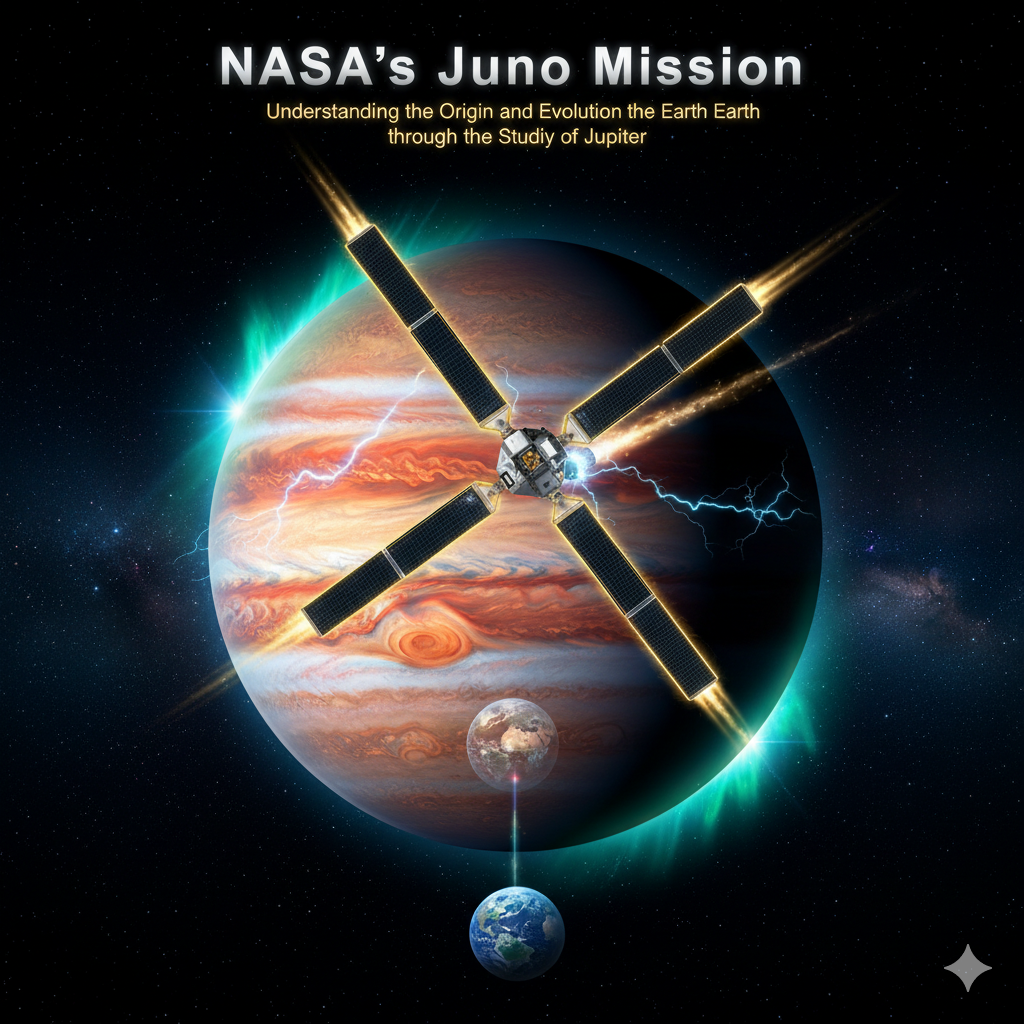Introduction
Coral reefs, often referred to as the “rainforests of the sea,” are among the most biologically diverse and productive ecosystems on Earth. They provide shelter, food, and breeding grounds for nearly one-quarter of all marine species, despite covering less than 1% of the ocean floor. Beyond biodiversity, coral ecosystems contribute to human societies by supporting fisheries, protecting coastlines, and boosting economies through tourism.
However, this fragile ecosystem is under grave threat due to global warming, a phenomenon caused by rising concentrations of greenhouse gases in the atmosphere. Increasing ocean temperatures, acidification, sea-level rise, and intensified storm events are altering the delicate balance of coral reef systems. The impact of global warming is not only ecological but also social and economic, threatening millions of people who depend on coral reefs for their livelihood.
This essay assesses the impact of global warming on coral life systems with scientific evidence, examples, and global case studies, highlighting the urgency for conservation and adaptation strategies.
1. Coral Life Systems: An Overview
To understand the impact of global warming, it is crucial to first comprehend the structure and functioning of coral life systems.
- Biological Structure:
Corals are tiny marine animals called polyps that live in colonies. These polyps secrete calcium carbonate, creating the hard skeletons that form the structure of coral reefs. - Symbiotic Relationship:
Most reef-building corals live in symbiosis with microscopic algae called zooxanthellae. These algae provide corals with food via photosynthesis, while corals provide shelter and carbon dioxide. This mutualistic relationship is vital for coral survival. - Ecosystem Services:
- Biodiversity hotspots for marine organisms.
- Coastal protection from waves and erosion.
- Sources of food and livelihood for millions.
- Medicinal resources for pharmaceuticals.
Thus, coral systems are both ecologically significant and socio-economically valuable, making their decline due to global warming a critical issue.
2. Mechanisms of Global Warming Affecting Coral Systems
2.1 Rising Sea Surface Temperatures
- Thermal Stress:
Corals are highly sensitive to temperature changes. Even a 1–2°C rise above the normal summer maximum can cause coral bleaching. - Bleaching Phenomenon:
When stressed by heat, corals expel their symbiotic algae (zooxanthellae), leading to loss of color and vital nutrition. Prolonged bleaching can cause widespread mortality. - Example:
The Great Barrier Reef (Australia) has experienced mass bleaching events in 1998, 2002, 2016, 2017, and 2020, with devastating losses to coral cover.
2.2 Ocean Acidification
- Caused by absorption of excess atmospheric CO₂ by oceans.
- Decreases pH levels, making it harder for corals to calcify and build skeletons.
- Leads to weaker structures, more vulnerable to erosion and breakage.
- Example:
In the Caribbean, declining pH has slowed reef growth, endangering fish habitats and local tourism industries.
2.3 Sea-Level Rise
- Rising seas affect coral reefs by altering light penetration essential for photosynthesis of zooxanthellae.
- Rapid sea-level rise can drown shallow reefs, while sedimentation smothers corals.
- Example:
Coral atolls in the Pacific islands (like Kiribati and Tuvalu) face dual threats of sea-level rise and coral erosion.
2.4 Increased Storm Intensity
- Global warming fuels stronger tropical cyclones.
- Physical destruction of reef structures occurs during storms.
- Recovery is hampered by additional stresses such as bleaching and acidification.
- Example:
Cyclone Yasi (2011) caused catastrophic damage to parts of the Great Barrier Reef.
2.5 Altered Ocean Currents and Nutrient Flows
- Climate change modifies global circulation patterns.
- Reduced upwelling and nutrient transport can harm coral food supplies.
- Shifts in currents may introduce invasive species that threaten coral biodiversity.
3. Ecological Impacts of Global Warming on Coral Life Systems
3.1 Coral Bleaching and Mortality
- Definition: Loss of symbiotic algae due to thermal stress.
- Leads to reduced reproduction, slower growth, and higher susceptibility to diseases.
- Case Study:
In 2016, up to 93% of reefs in the northern Great Barrier Reef suffered bleaching, with 29% of shallow-water corals dying in a single year.
3.2 Collapse of Marine Biodiversity
- Corals serve as habitats for 25% of marine species.
- Decline in coral cover leads to loss of fish populations, crustaceans, and mollusks.
- Example:
In the Seychelles, mass bleaching in 1998 destroyed nearly 90% of coral cover, leading to collapse of reef fish populations.
3.3 Alteration of Food Chains
- Coral-dependent species decline first, affecting higher trophic levels.
- Predatory fish and seabirds lose food sources.
- Imbalance allows invasive species (e.g., crown-of-thorns starfish) to dominate.
3.4 Increased Disease Outbreaks
- Warmer seas encourage pathogens.
- Coral diseases like white syndrome and black band disease spread more rapidly under stressed conditions.
3.5 Decline in Reef Resilience
- Reefs lose their capacity to recover from natural disturbances.
- Continuous bleaching cycles prevent regrowth, leading to permanent ecosystem shifts.
4. Socio-Economic Impacts of Coral Decline
4.1 Impact on Fisheries
- Coral reefs support fish that sustain millions of coastal populations.
- Declining reefs reduce fish catches, threatening food security.
- Example:
In the Philippines, reef degradation has led to reduced fish availability for local communities.
4.2 Loss of Coastal Protection
- Coral reefs act as natural barriers against waves, storms, and tsunamis.
- Without reefs, coastal areas face higher erosion and flooding risks.
- Example:
During the 2004 Indian Ocean Tsunami, areas protected by coral reefs in Sri Lanka suffered less damage compared to reef-depleted areas.
4.3 Tourism Decline
- Coral reefs attract millions of divers and tourists annually.
- Bleaching events damage their visual appeal, reducing tourism revenues.
- Example:
In the Maldives, coral bleaching has caused declines in eco-tourism, which forms a large share of the national economy.
4.4 Threats to Indigenous and Coastal Communities
- Many traditional cultures depend on reefs for livelihoods, spiritual values, and traditions.
- Coral decline disrupts cultural heritage and survival.
4.5 Economic Losses
- Coral reefs generate US$ 375 billion annually in ecosystem services.
- Global warming-induced decline threatens this economic value.
5. Regional Examples of Coral Decline
- Great Barrier Reef (Australia):
Repeated bleaching events have killed nearly half of shallow corals since 1995. - Caribbean Reefs:
More than 50% decline in coral cover since the 1970s due to warming, hurricanes, and diseases. - Indian Ocean Reefs:
1998 El Niño event killed 50–90% of shallow-water corals across the Seychelles, Maldives, and Chagos Archipelago. - Pacific Islands:
Rising seas threaten coral atolls, undermining local fisheries and settlements.
6. Future Projections and Scientific Models
- IPCC projects that if warming reaches 1.5°C, 70–90% of reefs will be lost; at 2°C, more than 99% may disappear.
- Models predict bleaching events could become annual by mid-century.
- Acidification is expected to lower reef-building capacity by 20–40% in coming decades.
7. Mitigation and Adaptation Strategies
7.1 Global Measures
- Reducing greenhouse gas emissions to limit warming.
- International agreements like the Paris Agreement aim to restrict warming below 1.5°C.
7.2 Local Conservation
- Establishment of Marine Protected Areas (MPAs).
- Regulation of overfishing and coastal pollution.
- Coral reef monitoring and restoration programs.
7.3 Innovative Interventions
- Coral Gardening: Growing corals in nurseries and transplanting them.
- Assisted Evolution: Breeding heat-resistant coral strains.
- Artificial Reefs: Using structures to support coral regrowth.
7.4 Community Engagement
- Involving local communities in reef management.
- Promoting eco-tourism and sustainable fishing.
7.5 Case Studies in Conservation
- Florida Reef Tract: Coral restoration projects have successfully replanted thousands of corals.
- Maldives: Artificial reef projects and eco-tourism initiatives support conservation.
8. Educational and Policy Implications
- Coral decline illustrates the interconnectedness of climate change, biodiversity, and human livelihoods.
- Educational programs must emphasize ocean literacy and climate awareness.
- Policies should integrate reef protection into broader climate adaptation frameworks.
- Global cooperation is essential, as corals are transboundary ecosystems.
Conclusion
The impact of global warming on coral life systems is profound and multifaceted. Rising ocean temperatures, acidification, sea-level rise, and intensified storms have placed coral reefs at the brink of collapse. The ecological consequences include bleaching, biodiversity loss, and weakened resilience, while the socio-economic repercussions threaten food security, tourism, and coastal protection.
Examples from the Great Barrier Reef, Caribbean, Indian Ocean, and Pacific Islands highlight that no region is immune to the crisis. Scientific projections warn of near-total coral loss if global warming exceeds 2°C. However, hope lies in conservation strategies, innovative interventions, and global climate action.
Coral reefs are not merely marine habitats; they are vital to planetary health and human survival. Protecting them requires urgent collective action, not only for biodiversity but also for the millions of people who depend on them. The battle against global warming is, therefore, inseparable from the battle to save coral life systems.




